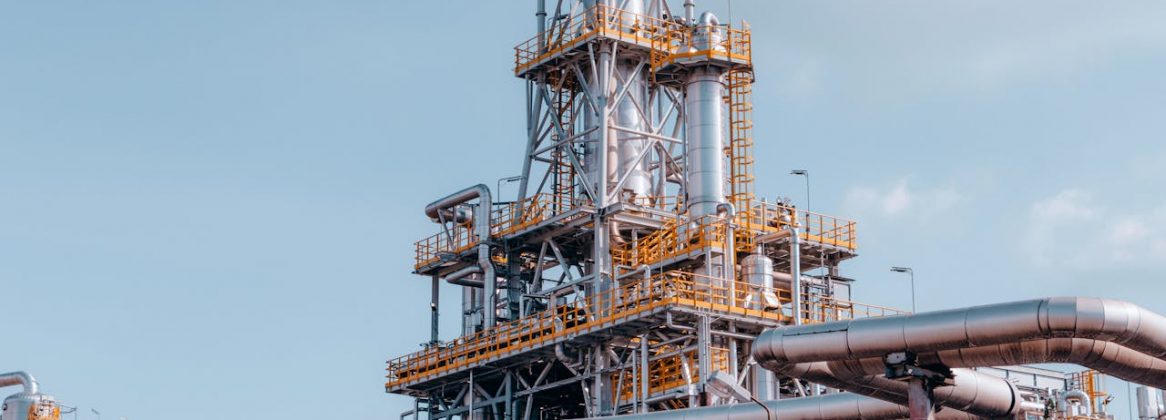We, at Maximl, think it’s a case of AI to the rescue.
In 2025 AI dominates the zeitgeist. While the investments are welcome, they tend to be aimed at making the already software-rich even richer. As we have discussed before, there’s no practical way to measure the RoI of minutes (or even hours) shaved off the white-collar employee’s workday. Many experiments underway in the realm of agentic AI are failing to go beyond the pilot stage.
When applied judiciously, AI, both classic and the generative variety, can transform industrial software:
Here’s how:
- Automate data entry. At the average plant, there are many places to get historical data from – past plans, job hazard analysis assessments, work packages, permits, job lists, inspection reports, and more. After decades of trying, the discipline of machine learning has got to a point where algorithms, code, and approaches to determining similarity between natural language documents, extracting entities from such documents are mature. The supporting software and compute infrastructure makes the economics of using AI viable for margin-constrained industrial manufacturing. Therefore, a lot of the heavy lifting involved in making the platform data rich enough and useful enough for the first user can be done by AI. That insurmountable barrier (three months of training and six months of usage before the tool becomes work critical for anybody) can finally be overcome. The risk of a significant investment reduced to shelfware goes down. Plans, work packages and permits can be created on the fly. A combination of classic and generative AI makes this possible.
- Extracting ‘tags’ from unstructured docs, as the equivalents of primary keys. Top-down data model design is the norm in enterprise software, which presupposes two things. First, that processes have a level of standardization across enterprises. Second, that there is a willingness among users to adapt to the data model designed top down. Neither holds for industrial software. The level of structure that is within the realm of the possible is a tag, such as an asset ID that connects an element of the plant hardware, a work package, and a permit or a certificate together. The interrelationships between assets too are important. In effect, a knowledge graph of the plant – assets and maintenance workflows can be constructed with such tags These determine what sort of work can be done simultaneously, in a safe and compliant manner (welding work when there is a possibility of flammable vapor ingress requires the performance of rigorous safety procedures). The knowledge graph is the de facto approach to creating the structure for industrial software. AI makes this possible.
- Connect entities and attributes in a way that makes operations safer and faster. A particular asset requiring a particular kind of maintenance might require a scaffolding of a specific height (and a whole list of scaffolding check boxes), fall prevention measures, and PPE. Information pertaining to the above are locked in documents. These entities must be retrieved, their interrelationships with each other (what work packages require a scaffolding) established, and the entities with their attributes (scaffolding of what height). The heavy lifting can be done by AI.
- Voice as UX. For on-site personnel, even texting on a mobile device might be hard under certain circumstances, such as at a height. The principles in industrial software remain the same. Use AI wherever applicable. Use the tool usage modality appropriate for the users, unlike cubicle dwellers, work with both their hands and minds.
- AI for recommending the best/safest action. There’s a wealth of literature on the best course of action in a specific operational situation. And AI disciplines such as natural language processing (NLP) have advanced to the point where recommendations can be made. Might some sort of work at height operations be inadvisable at a particular wind speed? An AI agent could tell you.
We believe Maximl is well placed to address the industrial software space due to a fortuitous set of circumstances:
- We started at a time when big data was the rage. Maximl incorporated in 2016, when the big data wave was sweeping tech. We therefore have an AI-first approach to getting most out of the data that exists.
- Focus on UX and configurability stems from the same late start. Many of our peers started in the aughts or even earlier, at a time when lengthy training sessions were acceptable. We got our start in an emerging market in the mid-2010s where the appetite for extensive training did not exist. These circumstances led to our UX being like interactive paper, and much focus on workflows and rules that do not force the client to call IT.
- Efficiency was the primary goal for our early clients. Our peers built their software for high-income jurisdictions where regulatory requirements were stringent, and this overarching objective was compliance. In our case, it was efficiency. Maximl’s focus on configurability (workflows, rules authoring tool) and use of AO stems from this origin story.


